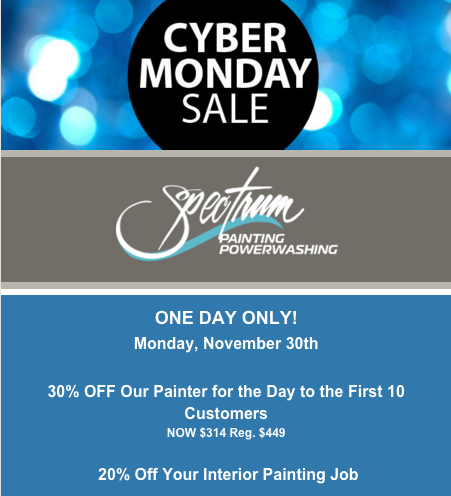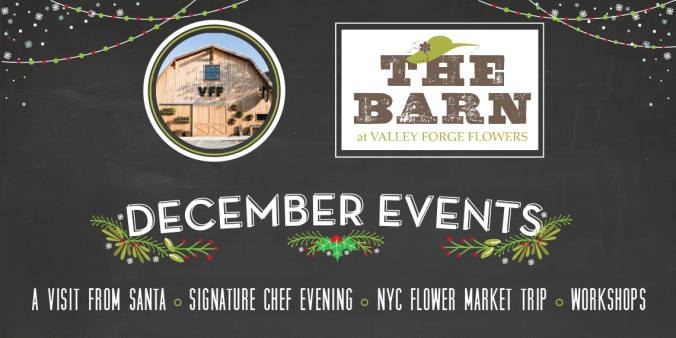The fantastic thing about the internet is that there’s a place for all of us. It’s an enormous office building. And no matter our business or brand, there are countless people who will find it interesting. But do you really want to start and maintain a blog just for a few hundred potential readers? Yes. A small business blog is an effective way to stay ahead of your competitors and grow into a medium-sized business.
Like it or not, the internet is here to stay. Not accessing it for whatever reason is a lot like refusing to travel outside of a small town’s three-street range, with the possible exception of hitting the Target two towns over once a month. There’s a lot you’re missing. And if you’re a business owner, there’s a lot your clients and potential customers are missing, too. Like…
Information.
Most people don’t go to the internet for the sole purpose of buying stuff. They go because they want information. You’re here reading this right now (probably because you were trying to learn more about how to manage a small business blog). Are you considering hiring us to help with your content? Or maybe you’re a writer wondering what to do with your talent. (Hint: Call us. We’ve got great ideas.) Regardless, we have your attention for at least a minute or two, and that’s a pretty valuable gift.
Whether you’ve got a product or a service or something entirely different, your blog is best when it offers knowledge. Share what you know, and share it no strings attached. When it comes times to charge, you’ll already have given your clients part of your brand for free. They’ll remember that.
Relationships.
It’s true: We want to become patrons of companies we like. A blog that represents your ideology and positively communicates your message helps like-minded individuals get to know you and your brand, and also aids you in learning more about your potential customers.
Write about your business, write about your customers, write about your successes and failures, write about the lessons you’ve learned along the way. Chances are, you’ve got an audience who will find your content valuable. That’s the goal (sidenote: here’s what not to do).
The chance of finding you.
There are a lot of (insert your business here) out there. Wouldn’t it be a shame if a potential customer needed your services, only to land on someone’s else’s blog first?
Every 18 months or so, the total amount of data made in the history of the world doubles, and that rate is speeding up. Search engines put your blog through their algorithms, and your blog receives a high grade if you use relevant keywords, proper grammar and spelling, and if website visitors like, share, or comment on your articles. Imagine what your potential customers would search for in an attempt to find you, and then gear your site toward that content.
It sounds like a lot of work, doesn’t it? In our experience, however, it’s well worth it. If you need help starting your blog or even reigniting an old one, we’re here for you. Just ask.











